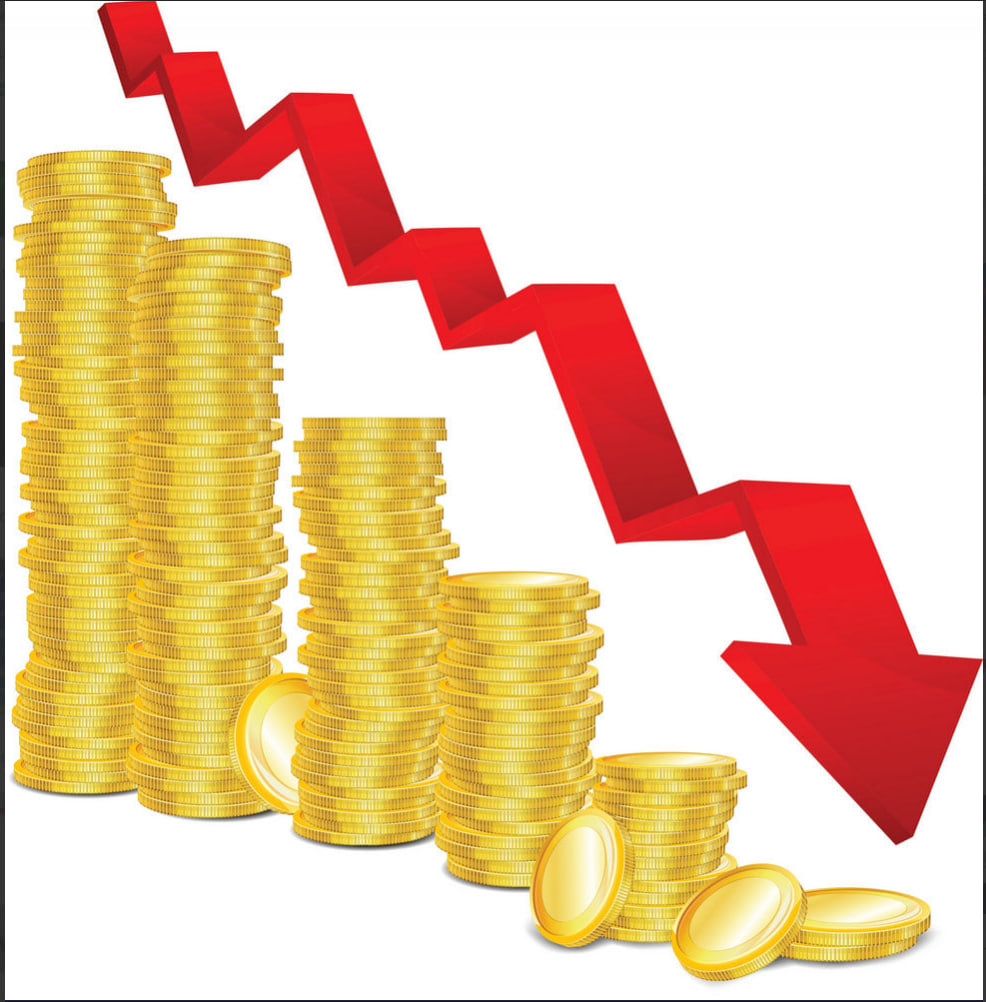ECB Rate Cuts: Navigating the Shifting Sands of Eurozone Monetary Policy (Meta Description: European Central Bank, interest rates, Eurozone economy, monetary policy, inflation, recession, economic outlook, quantitative easing)
Whoa, hold on to your hats, folks! The European Central Bank (ECB) just dropped another bombshell—their fourth interest rate cut this year! This isn't just another news flash; it's a seismic shift in the Eurozone's economic landscape, sending ripples across global markets and leaving investors and everyday citizens alike scrambling to understand the implications. This isn't your grandpappy's economics lesson—this is high-stakes drama unfolding in real time, affecting everything from your grocery bill to the value of your savings. We're diving deep into the intricacies of this latest ECB decision, examining its potential consequences, and offering a clear, concise, and frankly, human perspective on what it all means for you. Forget the jargon-filled academic papers; we're here to break it down in plain English, using real-world examples and insights gleaned from years of navigating the complexities of global finance. Prepare to be informed, empowered, and maybe even slightly entertained as we unravel this fascinating economic puzzle. We'll explore the reasons behind these drastic measures, analyze the potential short-term and long-term effects, and offer some savvy strategies for navigating this period of uncertainty. Buckle up, because this is going to be a wild ride! This isn't some dry, academic treatise; this is your survival guide for navigating the turbulent waters of the Eurozone economy. We've got the inside scoop, the expert insights, and the plain English explanations you need to make sense of it all. Don't just react—understand! Let's unpack this together.
European Central Bank (ECB) Interest Rate Cuts: A Deep Dive
The recent announcement by the ECB to slash interest rates for the fourth time this year marks a significant development in the Eurozone's ongoing battle against economic stagnation. This isn't a knee-jerk reaction; it's a carefully (or perhaps not-so-carefully, depending on your perspective!) calculated move designed to stimulate economic growth and combat stubbornly low inflation. But what are the real implications, both for the Eurozone and the global economy? Let's unpack this.
The ECB's decision isn't made in a vacuum. It's a complex equation involving numerous interconnected variables. Let's break down the key factors driving this aggressive monetary policy shift:
-
Stagflationary Pressures: The Eurozone has been grappling with a unique challenge: sluggish economic growth coupled with persistently low inflation. This "stagflationary" environment presents a serious threat to economic stability. Lowering interest rates is a classic tool to stimulate borrowing and investment, hoping to kickstart economic activity.
-
Global Economic Uncertainty: The global economic landscape is far from rosy. Trade wars, geopolitical tensions, and Brexit uncertainty all contribute to a climate of uncertainty that discourages investment and dampens consumer confidence. The ECB's rate cuts are a proactive attempt to cushion the Eurozone from the negative impacts of these external factors.
-
Quantitative Easing (QE) Considerations: The ECB has already implemented extensive quantitative easing (QE) programs, essentially printing money to inject liquidity into the market. The rate cuts serve as a complementary measure, aiming to enhance the effectiveness of QE. Think of it like this: QE is the main course, and rate cuts are the delicious side dish.
-
Political Pressures: The ECB isn't immune to political pressures. Governments in struggling Eurozone countries are pushing for measures that stimulate growth and alleviate unemployment. This political landscape undeniably influences the ECB's decision-making process.
Understanding the Mechanics of Interest Rate Cuts
Lowering interest rates makes borrowing cheaper. This encourages businesses to invest in expansion projects, creating jobs and boosting economic activity. It also incentivizes consumers to spend more, fueling demand and stimulating economic growth. But it's not a simple case of lowering rates and watching the economy boom. There are potential drawbacks:
-
Inflationary Risks: While low inflation is a current concern, aggressively lowering interest rates could eventually lead to higher inflation if demand outstrips supply. The ECB needs to walk a tightrope, balancing the need for economic stimulus with the risk of spiralling inflation.
-
Currency Depreciation: Lower interest rates can weaken the Euro, making imports more expensive and potentially fueling inflation. This is a delicate balancing act, as a weaker Euro can boost exports, but it can also have negative consequences.
The Long-Term Implications: A Crystal Ball?
Predicting the long-term implications of these rate cuts is, to put it mildly, difficult. Economists are divided on the effectiveness of such measures in the current environment. Some argue that the ECB's actions are too little, too late, while others express concerns about potential long-term inflationary consequences.
The situation is further complicated by the multitude of intertwined global and regional factors. The trajectory of the global economy, the outcome of Brexit, and the evolving geopolitical landscape all play a significant role in shaping the ultimate impact of the ECB's decisions.
Navigating the Uncertainty: Practical Advice for Individuals and Businesses
So, what does all this mean for you? The impact will vary depending on your circumstances. Here are some key considerations:
-
Savers: Lower interest rates mean lower returns on savings accounts. Consider diversifying your investments to mitigate the impact of low interest rates.
-
Borrowers: Lower interest rates are a boon for borrowers, making mortgages and loans cheaper. This can be a great opportunity to refinance existing debt or make large purchases.
-
Businesses: Lower interest rates can encourage investment and expansion, creating jobs and boosting economic activity. However, businesses should carefully assess the risks and opportunities before making significant investment decisions.
Frequently Asked Questions (FAQs)
Q1: Why is the ECB cutting interest rates so aggressively?
A1: The ECB is aiming to combat sluggish economic growth and low inflation, hoping to stimulate borrowing, investment, and consumer spending.
Q2: What are the potential risks of these rate cuts?
A2: The primary risk is increased inflation if demand surges ahead of supply. A weaker Euro is another potential consequence.
Q3: Will these rate cuts help the Eurozone economy recover?
A3: The effectiveness of these measures is uncertain and depends on various factors, including the global economic climate and the specific responses of businesses and consumers.
Q4: What should individuals do in response to these rate cuts?
A4: Savers should diversify their investments, while borrowers can benefit from lower interest rates on loans and mortgages.
Q5: How do these rate cuts compare to previous ECB actions?
A5: These cuts are part of a broader strategy employing quantitative easing and other measures to stimulate the Eurozone economy.
Q6: What’s the overall outlook for the Eurozone economy?
A6: The outlook is uncertain and subject to various global factors. The ECB’s actions attempt to mitigate risks, but their success remains to be seen.
Conclusion: A Cautiously Optimistic Outlook
The ECB's latest interest rate cuts represent a bold—some might say desperate—attempt to revive the Eurozone economy. While the short-term effects are relatively easy to predict (lower borrowing costs, potential currency depreciation), the long-term implications are far less clear. The success of these measures hinges on numerous interconnected factors, both within the Eurozone and on the global stage. While there's no guarantee of immediate success, the ECB's actions signal a commitment to addressing the challenges facing the Eurozone economy and we will need to wait and see what the longer-term results bring. Staying informed, understanding these complex issues, and adapting your financial strategies accordingly is crucial during this period of uncertainty. The future remains unwritten, but by understanding the forces at play, we can navigate this economic landscape with greater confidence and preparedness.



